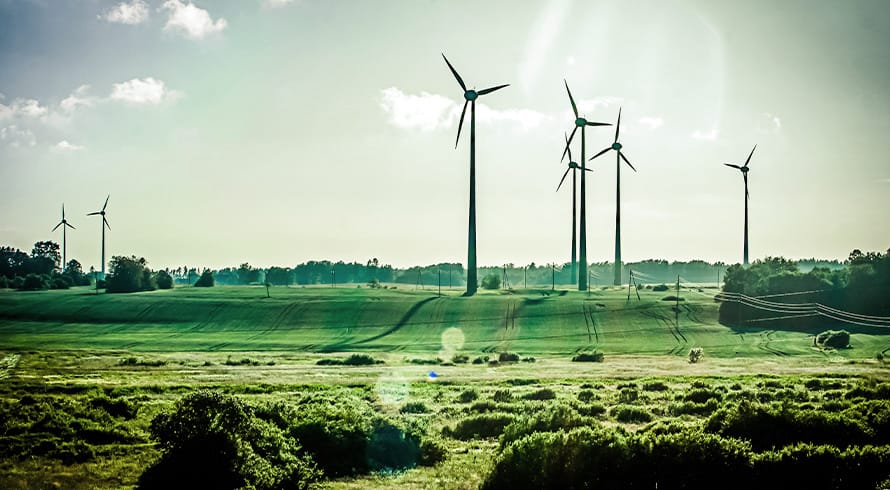Integrated Energy Planning: Commencement of section 6 of the National Energy Act
At a glance
- The Energy Act of 2008 aims to address South Africa's energy crisis and ensure a continuous energy supply through an Integrated Energy Plan (IEP).
- The IEP will analyze and project energy requirements, considering factors like security, affordability, the environment, and employment.
- The IEP will serve as a blueprint for investors and the government, guiding long-term sustainable investment and promoting energy security and economic growth, requiring participation from various economic sectors.
We have since seen various government development plans and initiatives such as the Integrated Resource Plan and the National Development Plan, seeking to address South Africa’s ongoing energy crisis. These initiatives envisage inter alia diversification of South Africa’s energy sources, infrastructure development, foreign investment and a reduction in South Africa’s dependence on energy imports.
A few days ago, on 28 April 2023, the President of South Africa caused Proclamation Notice 118 of 2023 to be published in the Government Gazette, in which he determined that section 6 of the Energy Act would come into effect on 1 April 2024. Section 6 of the Energy Act imposes a legislative obligation on the Minister of Mineral Resources and Energy (Minister) to develop an Integrated Energy Plan (IEP). Below we set out the requirements of the IEP, what this could mean for the South African energy sector.
Development of an Integrated Energy Plan
IEPs are not new to the energy industry, and we have seen the development of similar plans and policies in other jurisdictions such as Kenya and Namibia. The goal of which is to create an energy system that links energy consumption trends within different sectors of the economy, to use the information to project future energy requirements.
The Minister is required to deal with issues relating to the supply, transformation, transportation, storage of and demand for energy. Factors to be taken into account when developing the IEP include but are not limited to security of supply, affordability, the environment and employment. These factors echo the Energy Trilemma in which the world finds itself. The Energy Trilemma can be plotted on a triangle, with its three constituent points being energy security, energy access and energy transition, as we discussed in our article published in the Mail & Guardian, which can be accessed here.
Under the Energy Act, the Minister is obliged to publish an analysis annually which (i) reviews the energy demand and supply for the previous year, (ii) forecasts energy supply and demand for no less than 20 years, and (iii) set out plausible energy scenarios for future energy demand and supply under different assumptions.
The IEP must be based on the results of the energy analysis and take account of plans relating to the sectors set out in section 6(3)(a) of the Energy Act. The IEP must not only inform, but also be informed by plans from all supply, production and demand sectors that may impact on or be impacted by the IEP, thereby ensuring integrated planning across the different economic sectors. The IEP must take into account all viable energy supply options, and guide the selection of appropriate technology to meet energy demand.
Before finalising the IEP, the Minister is obliged to invite public comments and duly consider such comments, thereby promoting a consultative approach to the development of the IEP. In our view, this promotes transparency and accountability, allowing interested and affected parties (both South African citizens and potential investors) an opportunity to comment on a plan that will affect their livelihoods and future energy projects. The IEP must be reviewed on an annual basis, providing the ability to respond to everchanging market needs.
What this means for the South African energy sector
The IEP, when finalised, will serve as a blueprint for potential investors and Government. Investors will be able to direct resources and model their projects efficiently and effectively, so as to ensure long-term sustainable investment to meet South Africa’s energy requirements as set out in the IEP. From a Government perspective, the Minister has been assigned an important task, one which has the potential to produce a plan focused on ensuring long-term energy security and alleviating energy poverty, while simultaneously promoting economic growth. However, in order for the IEP to succeed, all other ministerial heads across the various economic sectors would need to actively participate in not only the finalisation of the IEP, but also the implementation thereof.
The information and material published on this website is provided for general purposes only and does not constitute legal advice. We make every effort to ensure that the content is updated regularly and to offer the most current and accurate information. Please consult one of our lawyers on any specific legal problem or matter. We accept no responsibility for any loss or damage, whether direct or consequential, which may arise from reliance on the information contained in these pages. Please refer to our full terms and conditions. Copyright © 2025 Cliffe Dekker Hofmeyr. All rights reserved. For permission to reproduce an article or publication, please contact us cliffedekkerhofmeyr@cdhlegal.com.
Subscribe
We support our clients’ strategic and operational needs by offering innovative, integrated and high quality thought leadership. To stay up to date on the latest legal developments that may potentially impact your business, subscribe to our alerts, seminar and webinar invitations.
Subscribe




